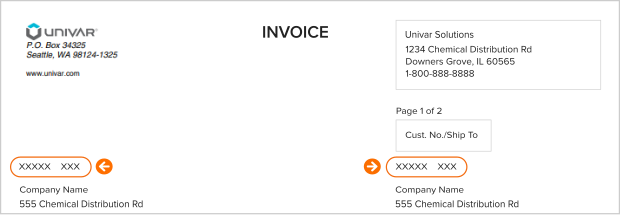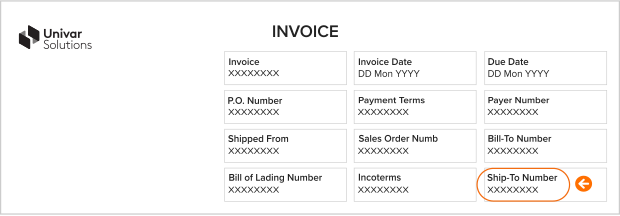We’re here to provide you with more information or help answer any questions you might have. Send us a note and we’ll get back to you as soon as possible.


By design, binders hold active pharmaceutical ingredients (APIs) and excipients in a tablet together in any solid dosage form.
Pharmaceutical manufacturers use binders to form tablets and granules with the required mechanical strength for mass production, transport, and desirable consumer consumption. Binders also help with adding adequate volume to low active dose tablets. Choosing the right binders and binding agents during research and development (R&D) is crucial to maintaining tablet integrity.
Here are four types of binding actions needed to achieve optimal binding composition for formulation stability in direct compression tableting.
1: Brittle fracture fragmentation
During the tablet compression process, the binder will break into smaller particles, increasing the surface area. This action is like breaking potato chips under pressure.
Key formulation takeaways:
- The binding process is time/speed independent
- The binding process is irreversible
- These binders typically work better at high compaction pressure
- A creation of new binding sites is expected
- Less possibility of over-lubrication
2: Plastic deformation
During compression the binder will deform and form a sheet or coating between the other particles in the formulation. This action is like deforming chewing gum under pressure.
Key formulation takeaways:
-
The binding process is also time/speed independent
-
The binding process is irreversible
-
These binders work typically better at low compaction pressure
-
A higher surface area will be created between the other particles
-
More possibility of over-lubrication


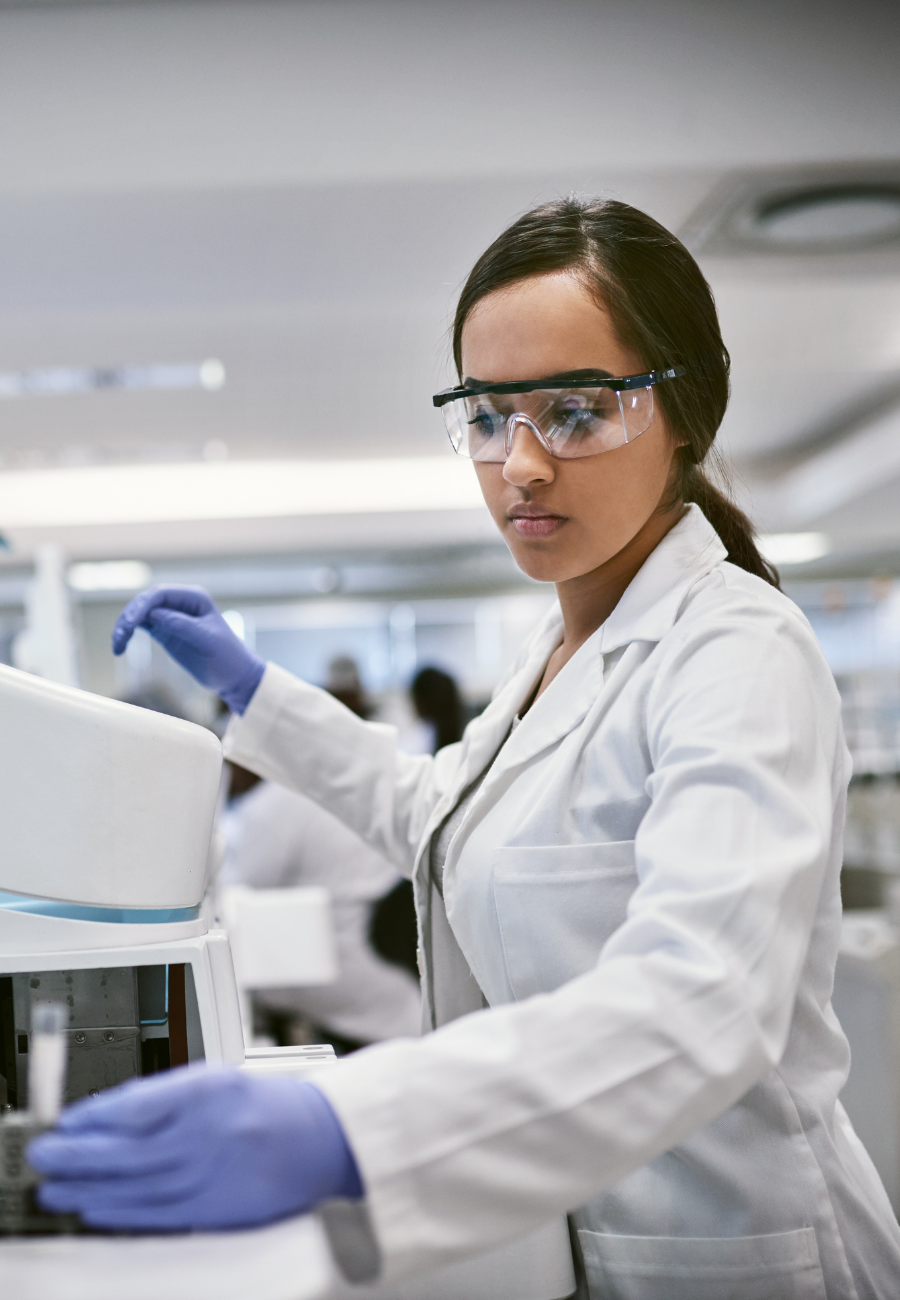

3: Elastic deformation
During compression the binder will deform like plastic deformation, but when the pressure is released the binder will (partially) come back to his original form. This action is like putting a sponge under pressure.
Key formulation takeaways:
- The binding process is time dependent
- Therefore the binding results can be also speed dependent
- The binding process is (partly) reversible, you can have partially or complete recovery
4: Viscoelastic deformation
During compression the binder will behave simultaneously as a plastic and elastic deformation binder.
Key formulation takeaways:
- The binding process is time and speed dependent
- Higher speed will give more elastic deformation and more elastic recovery
- The binding process is (partly) reversible
"In most formulations, you need to combine elastic and plastic deformation together with brittle fracture and elastic recovery. This will give you the most stable formulation."
Understanding how binders and other ingredients, including the API, behave in a formulation is important.
Typical plastic deformation binders are celluloses such as MCC, HPMC, HPC, etc. and starches, maltodextrin, etc.
Typical brittle fracture binders are minerals such as phosphates and carbonates, as well as lactose, mannitol, sorbitol, and povidones.
Tablet production considerations
In each production process, the tablet binder will behave differently. Considering the differences in wet granulation, dry granulation, and direct compression is important.
During the wet granulation process the binder will be inside the granule, together with all the other ingredients. It will behave like a glue inside the granules. Povidone and maltodextrin are good examples of wet granulation binders, acting like a glue inside the granules.
The binder also has to work between the particles during the tabletting process. A tablet can be easily formed when the granules have good compressibility and compactibility. Sometimes we need to add additional binders before the final tableting step.
When using dry granulation or bracketing, the binder capacity is used twice during the production. The first time during the first compression step and after the breaking and sieving step again in the final tabletting step.
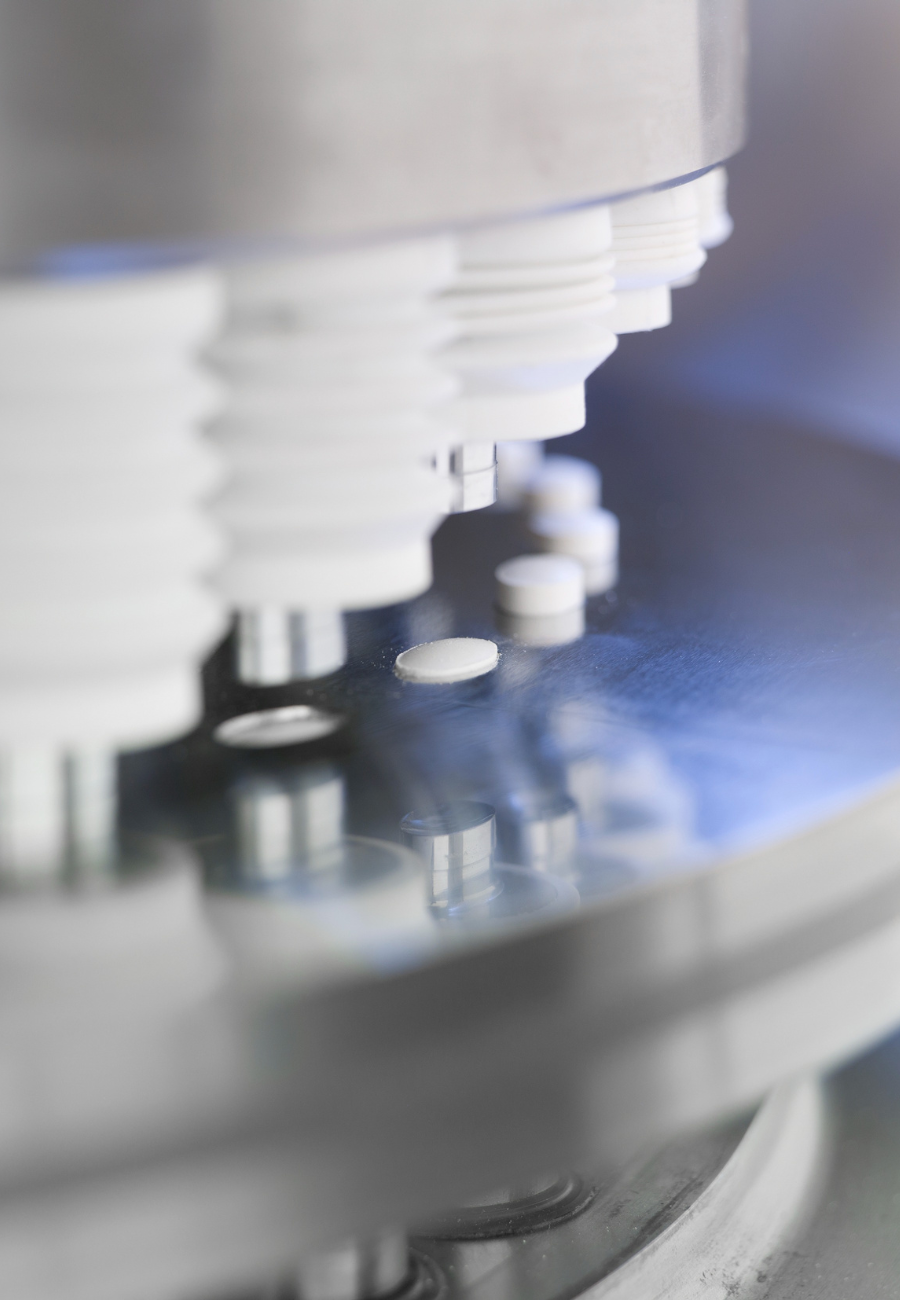

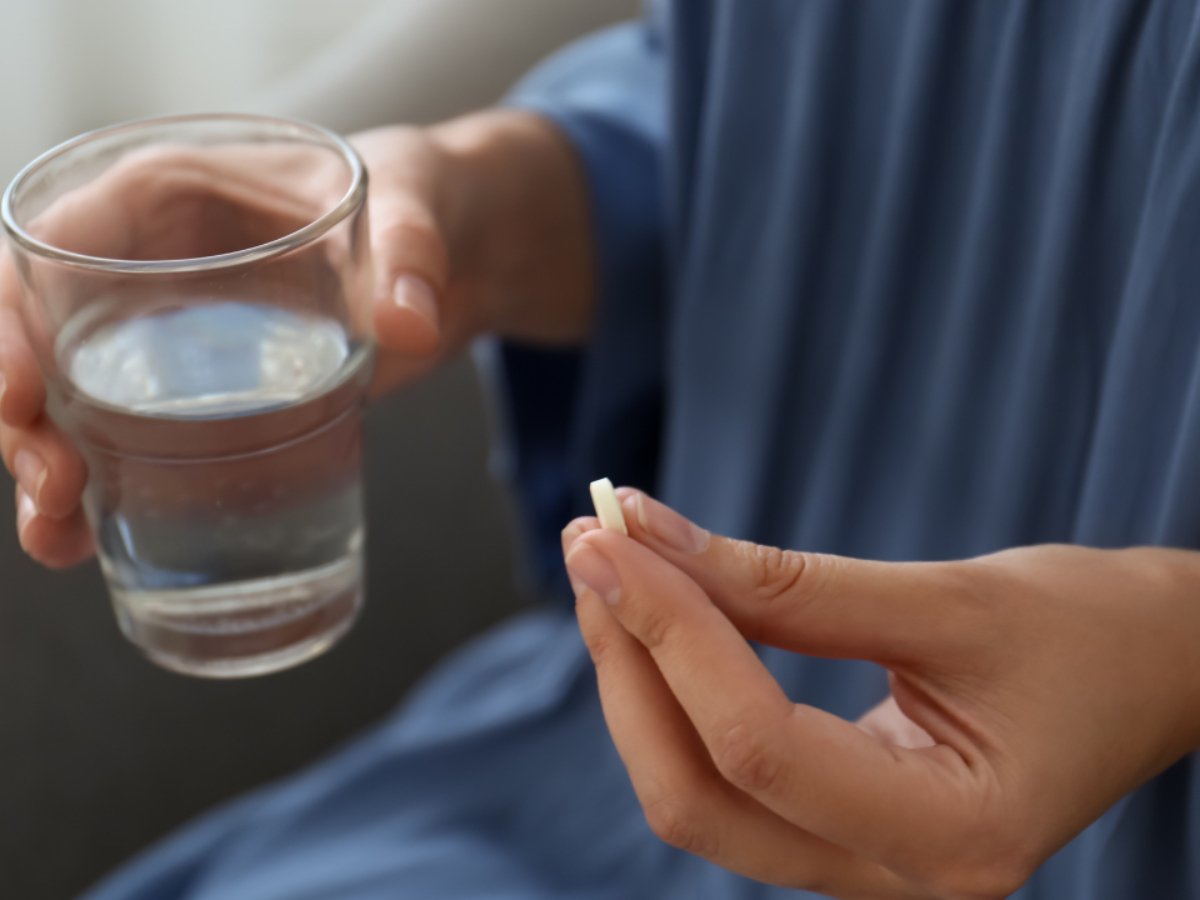

Most binders have an irreversible mode of action. This means when the binder is put under pressure, it will use a part of its binding capacity; so only a part is left for the final tableting step. Plastic deformation binders lose a lot of their binding capacity during the first compression step, as these binders need less pressure to have a good binding profile. In this case sometimes an additional binder is added during the final tableting step.
Brittle fracture binders are mostly used in a dry granulation process, as these binders only loose a small part of their binding capacity under low pressure. The big advantage of dry granulation compared to wet granulation is that no moisture and heat are added in the production steps. Therefore, dry compression is preferred for moisture and heat sensitive actives.
The most common production technique is direct compression (DC). In direct compression the particle size and density of the powder is important and must be in line with the rest of the formulated ingredients, otherwise segregation can occur.
Not all binders are suitable for DC, such as povidones, lactose powder, or minerals in powder form. Some binders or other ingredients are already granulated or spray-dried to use in the DC production process.
Sometimes the APIs are co-processed with a binder so that the API can be used in a DC production method, avoiding wet- or dry granulation. Typically the concentration of these APIs is very high in the formulation. Most of the time an additional binder is needed to produce a stable tablet.
The more binder is needed in a formulation, the more the disintegration time will increase. This can also influence the choice of binder to use. Some binders are water soluble, like lactose and polyols. Other binders are insoluble in water, like most cellulose binders.
There is the possibility to increase the super disintegrant in the formulation, but again there needs to be a good balance between binder and disintegrant.
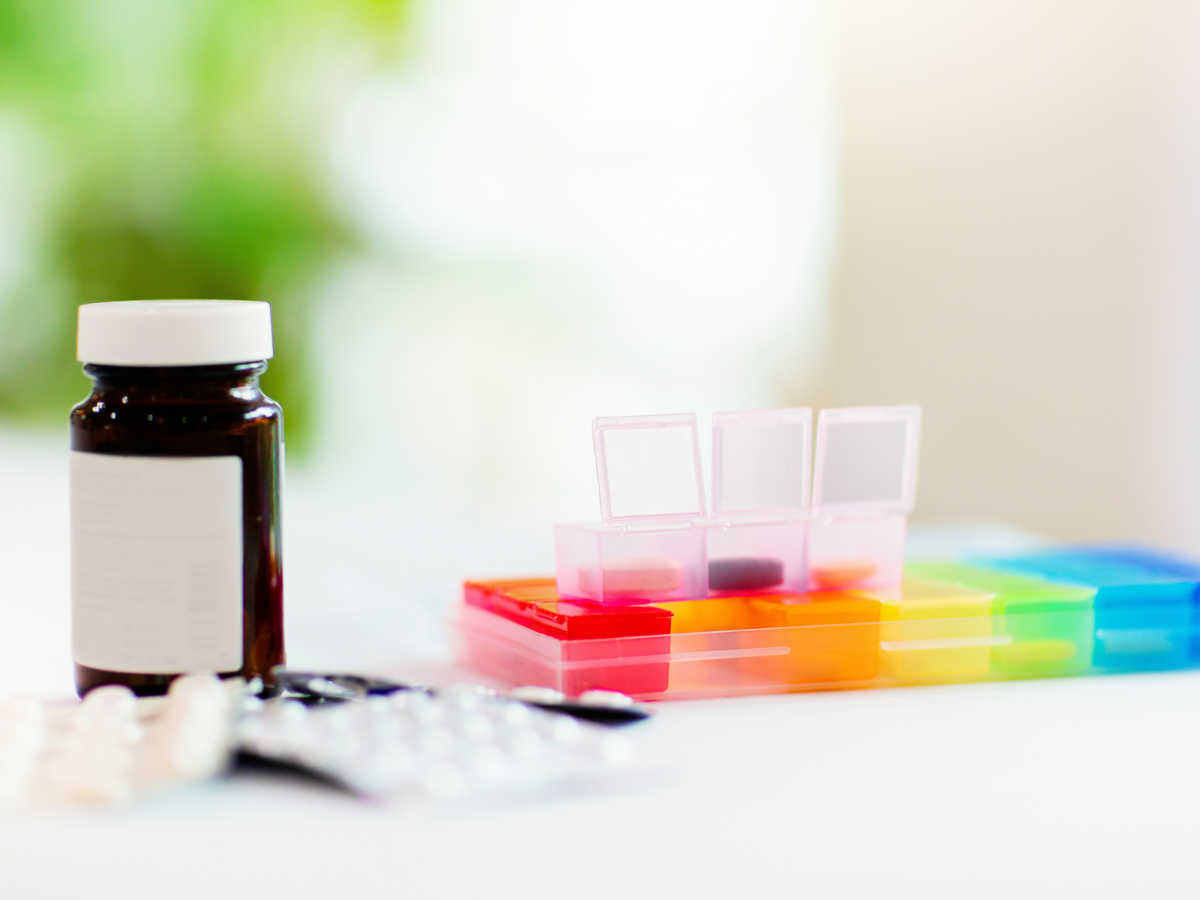

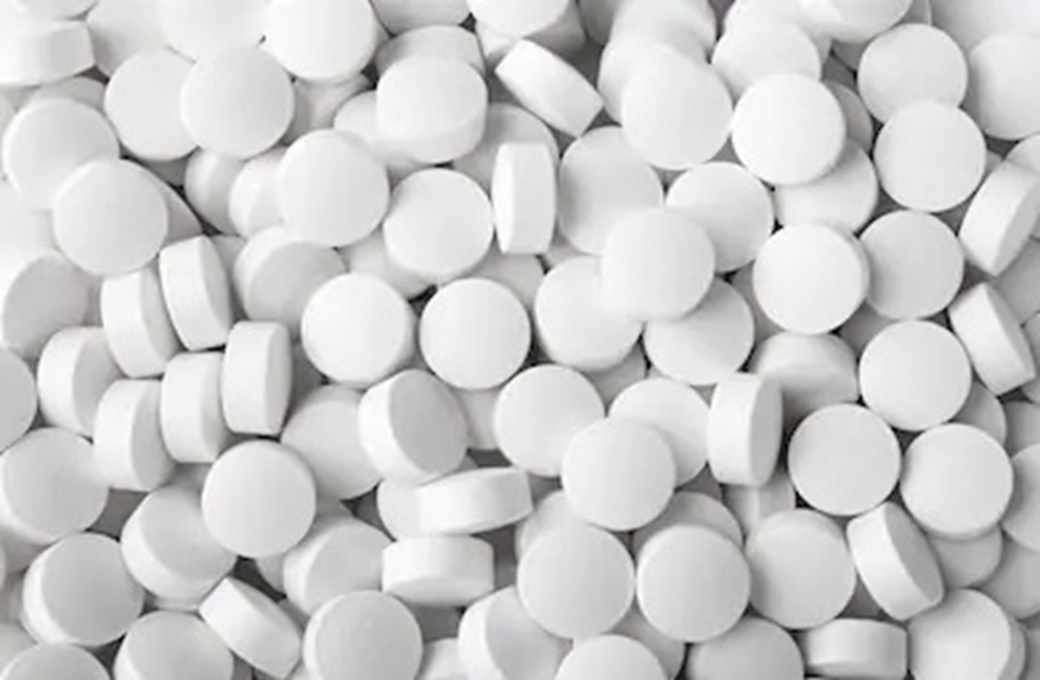

When the tablet is coated, the tablet needs to be harder due to the tumbling in the coating pan. The normal acceptable friability of a tablet will be lower than 1%. When the tablet needs a coating process after tableting, the friability needs to be under 0.5%.
In a lot of formulations, additional binder is needed to achieve the needed low friability. This can also influence the disintegration time of the tablet, so it makes sense to look at all aspects before choosing the optimal binder.
Key formulation takeaways:
- When the API is a mineral, the most likely binder to use is a plastic deformation binder
- When the API is an herbal extract, it may be better to use a brittle fracture binder
- When using wet granulation, all binders can be used in principle
During dry granulation, brittle fracture binders are preferred, potentially adding a plastic deformation binder during the final tabletting step when needed.
The easiest production process, direct compression, needs the most skills to find the right balance of different binders in combination with the API and other ingredients in the formulation. As DC is the cheapest production method, it is preferred by low cost formulations and in food supplements.
Let's get started on your next pharmaceutical innovation
Our technical specialists understand how to help you select the right ingredients to help you achieve the most stable and desired formulation.
When you're looking for the optimal binding composition in your tablet formulation, Univar Solutions Pharmaceutical Ingredients Labs at our global Solution Centers are here to help.
Why Univar Solutions?
With a global network of pharmaceutical compliant facilities, strategic alliances with leading brands, and team of industry experts, count on Univar Solutions Pharmaceutical Ingredients for your pharmaceutical ingredient needs. Our team is proud to deliver one of the most expansive product portfolios of high-quality active pharmaceutical ingredients (APIs), bioprocessing ingredients, excipients, and solvents combined with custom supply chain solutions and the ability to help you discover formulation solutions at every stage of the product life cycle through our global Solution Centers.
Univar Solutions serves primary and secondary pharmaceutical markets offering a vast portfolio of raw materials and specialty ingredients:
- Animal health
- Biopharmaceutical
- Dental
- Diagnostics
- Drug synthesis
- Medical device
- Nutraceutical
- Ophthalmic
We answer when quality, reliability, and security of supply are the most critical factors.

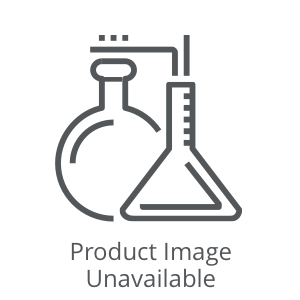
Author Bio
Hink Lamain
Senior Development Manager (EMEA)
Univar Solutions Pharmaceutical Ingredients
Giving in depth technical training of all excipients for pharmaceutical and nutraceutical formulations to the Pharma EMEA sales team, being the interface between the application solution centre and the market and chairman of a global technical pharma forum in Univar Solutions.
With over 35 years of global experience in management, (technical) sales and product management in specialty ingredients in Pharma, Food and Personal Care, Hink Lamain is sharing his knowledge and experience in pharmaceutical and nutraceutical formulations, delivering innovative and customized solutions for customers.




